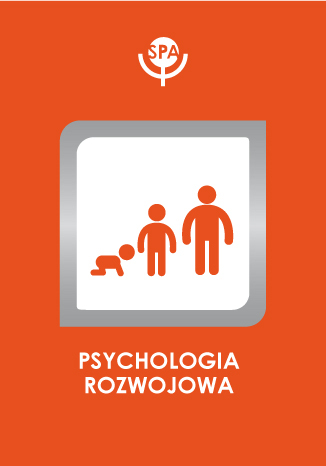Formowanie się tożsamości a poczucie dorosłości i gotowość do tworzenia bliskich związków

Anna Izabela Brzezińska, Konrad Piotrowski
DOI:
Rocznik: 2010 Tom: 16 Numer: 2
Strony: 265-274
The presented study looked at 100 full-time and part-time college students. The participants were divided into three groups, on the basis of their age and undertaking developmental tasks of early adulthood. Group 1. consisted of persons aged 20–23, the majority of whom were full-time students; group 2. – persons aged 24–29, chiefly extramural, part-time students; finally, group 3. was comprised of persons 30–40 years of age, solely extramural students. The subject of analysis was differences in the intensity of each of the five dimensions of identity as well as the sense of being adult and readiness to form intimate relationships. The results showed that commitment making and identification with commitment were growing higher with age. Also, in groups 2. and 3. the intensity of problems related to forming identity (ruminative exploration) was significantly lower. A linear relationship between the sense of being adult and actual age was observed as well. The participants characterized by achieved identity status or foreclosed identity status scored highest on sense of adulthood and readiness for intimate relationships scales.









 Pobierz pełny tekst
Pobierz pełny tekst



